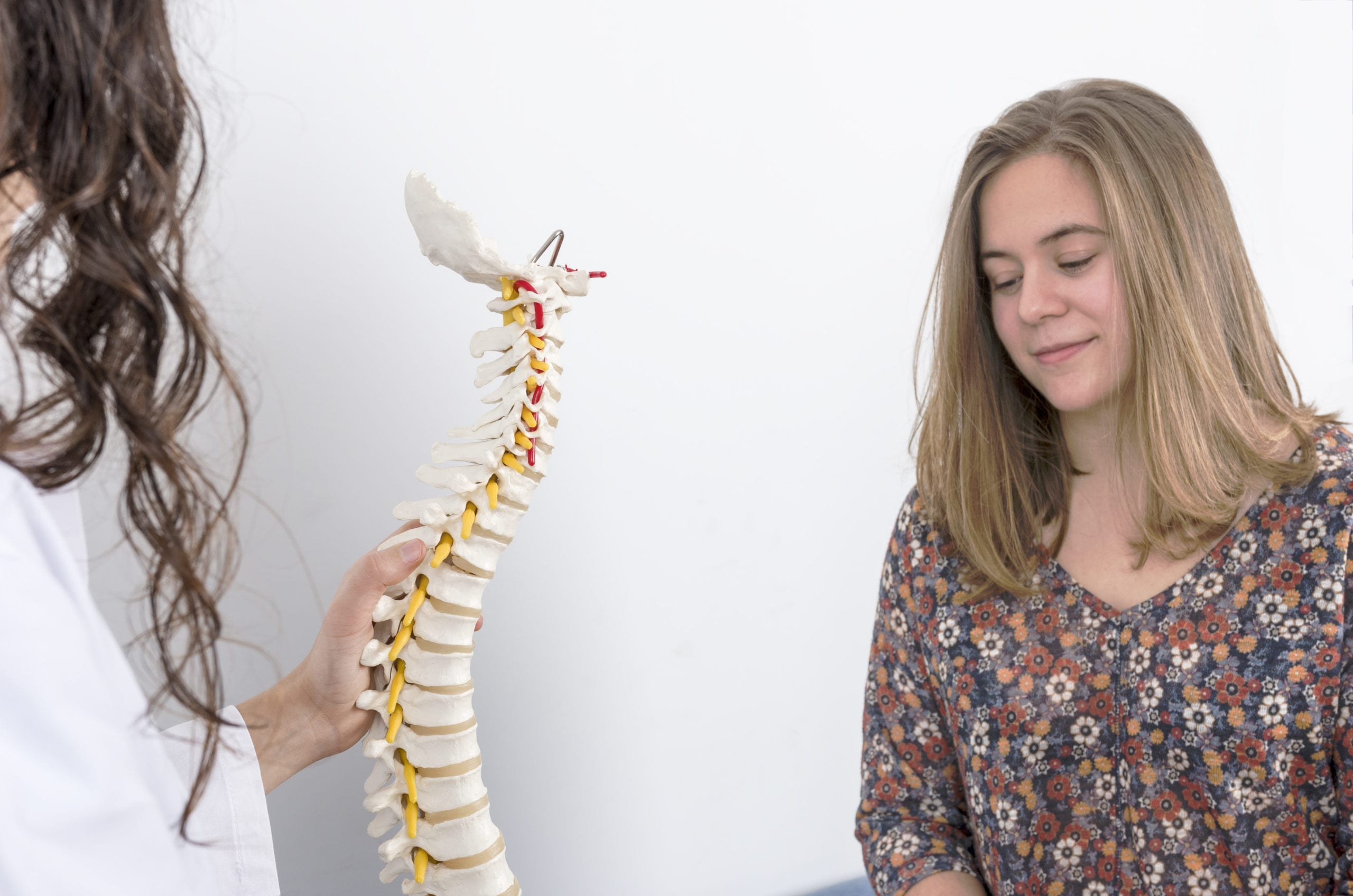General Osteopathy
What is osteopathy?
Osteopathy is a practice based on a precise and thorough understanding of the anatomy and physiology of the body. Simply put, the osteopath uses manual techniques and fine palpation to restore the mobility of the body’s structures and thus optimize its capacity for self-regulation (or homeostasis). Different problems can be addressed in osteopathy.
Here are some examples:
- Headaches / migraines / concussions
- Cervicalgia, back pain, lumbago
- Sciatica
- Pain in the coccyx or pelvis
- Pain in the jaw (TMJ)
- Rib pain
- Tendinopathy or muscle pain
- Numbness or carpal tunnel syndrome
- Dizziness
- Bowel or digestive problems
- Impact of scars and adhesions
- Chronic idiopathic pain

Process of an osteopathic session
- Subjective assessment: the osteopath asks the patient various questions about the reason for the consultation and other aspects of their current and past health. The therapist is looking for any relevant information regarding the different areas of the body, including daily discomforts, headaches, digestive problems, to name a few. The purpose of this questionnaire is to determine the patient’s strengths and weaknesses, and to target predisposed areas that may be directly or indirectly related to the patient’s reason for consultation.
- Objective evaluation: after the subjective evaluation, the osteopath begins the physical evaluation during which the patient performs several more specific movements and tests. In addition, through fine and precise palpation, the osteopath gathers information on the mobility of the structures previously targeted during the first stage of the evaluation. The three spheres of osteopathy are then evaluated :
- the parietal sphere: muscles, joints;
- the visceral sphere: the organs of the abdomen and thorax
- the cranio-sacral sphere: the head and the sacrum.
When the objective evaluation is completed, the osteopath can then hypothesize the source of the problem and propose an appropriate treatment plan to the patient.
Purpose of osteopathic treatment
The osteopathic treatment always has the same objective, which is to recover the mobility of the affected structures. Do not be surprised if the osteopath works on an area distant from the one reproducing the discomfort. After all, the body is complex and there are many links between the different areas of the body. The osteopathic approach, being global, must take into account all these links in order to obtain faster and permanent results. When in doubt, the patient is strongly encouraged to ask his therapist for explanations in order to better understand his approach.
After the session
After an osteopathic session, it is possible that the patient may feel some aches and pains. This is completely normal. In most cases, they disappear after 24 to 48 hours. On the other hand, an instant relief can also be felt, which would potentially encourage the patient to resume more intense physical activities. However, it is recommended that the body be given some rest to properly assimilate the adjustments made during the session.
A little advice before your appointment
Bring appropriate sportswear or underwear, as the osteopath may ask the patient to wear these during the appointment in order to better observe the posture and areas of tension in the body